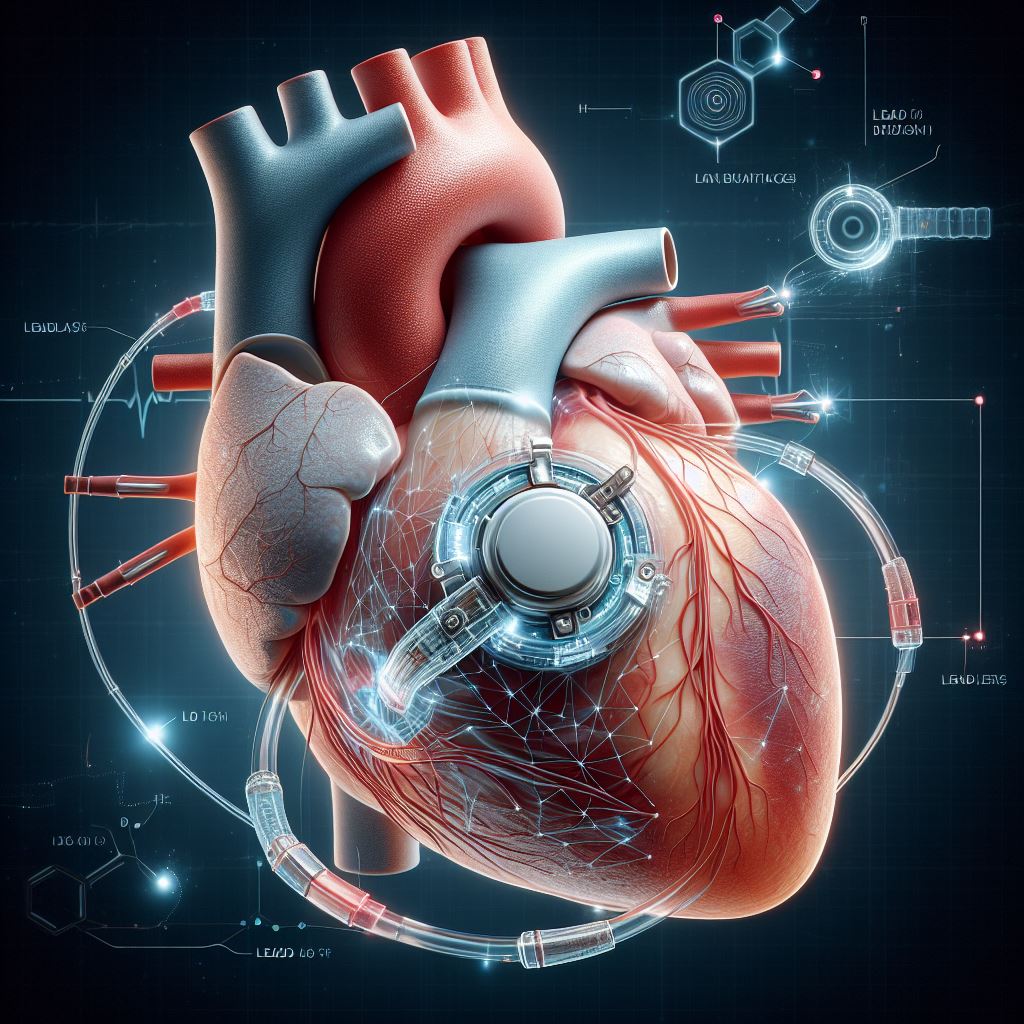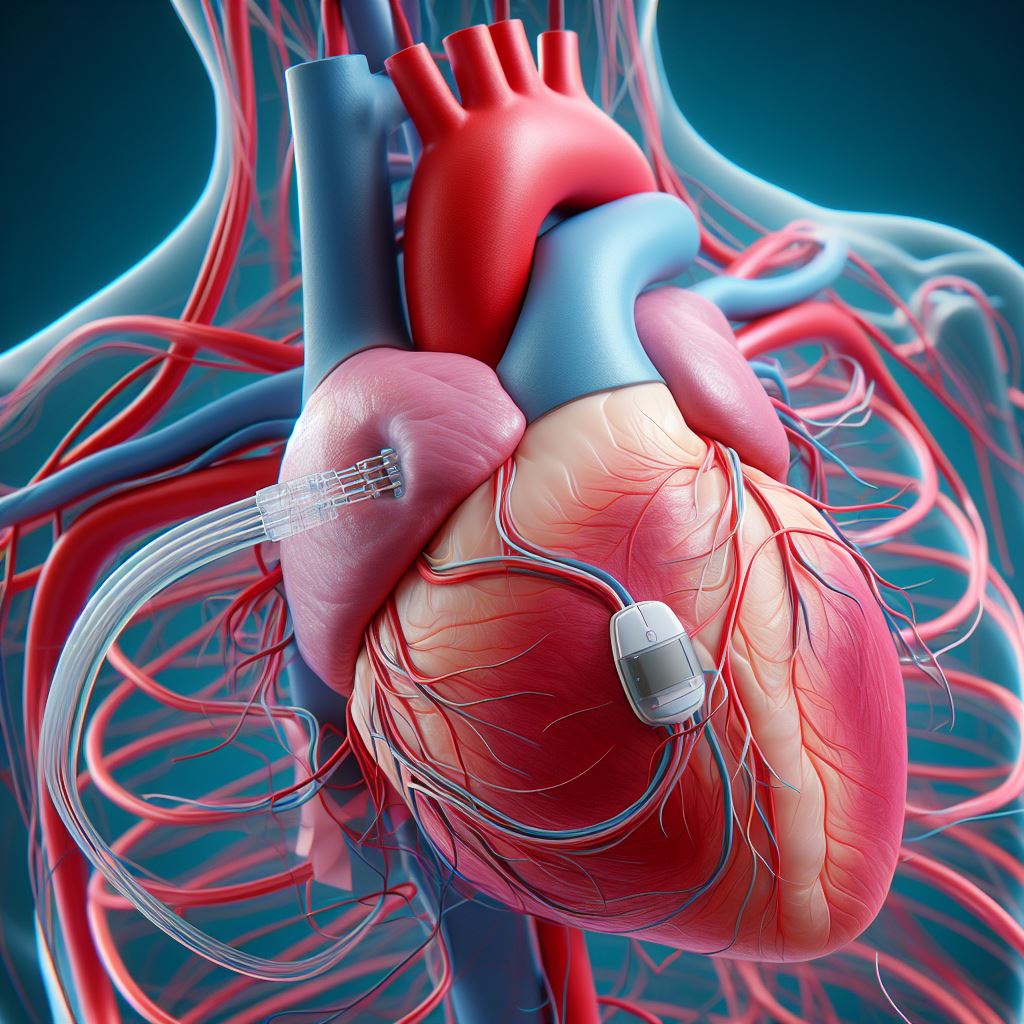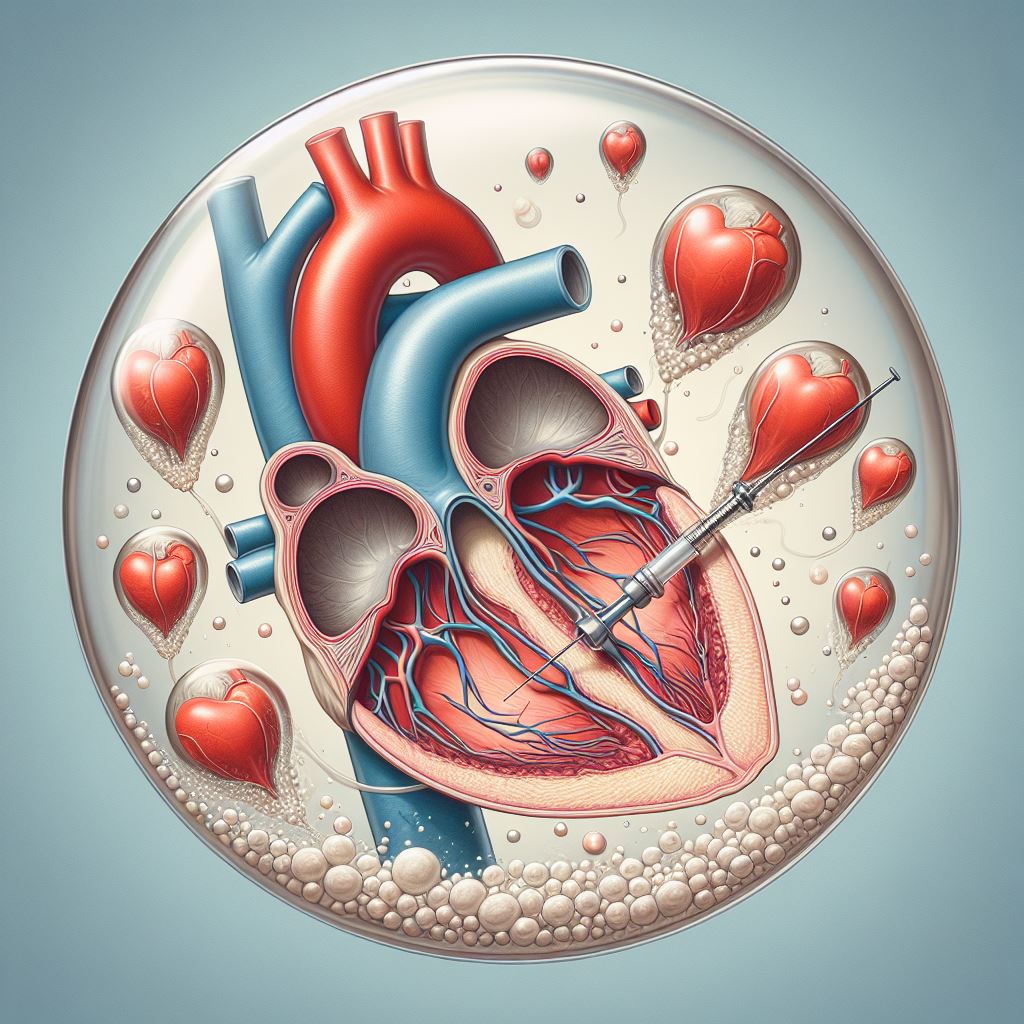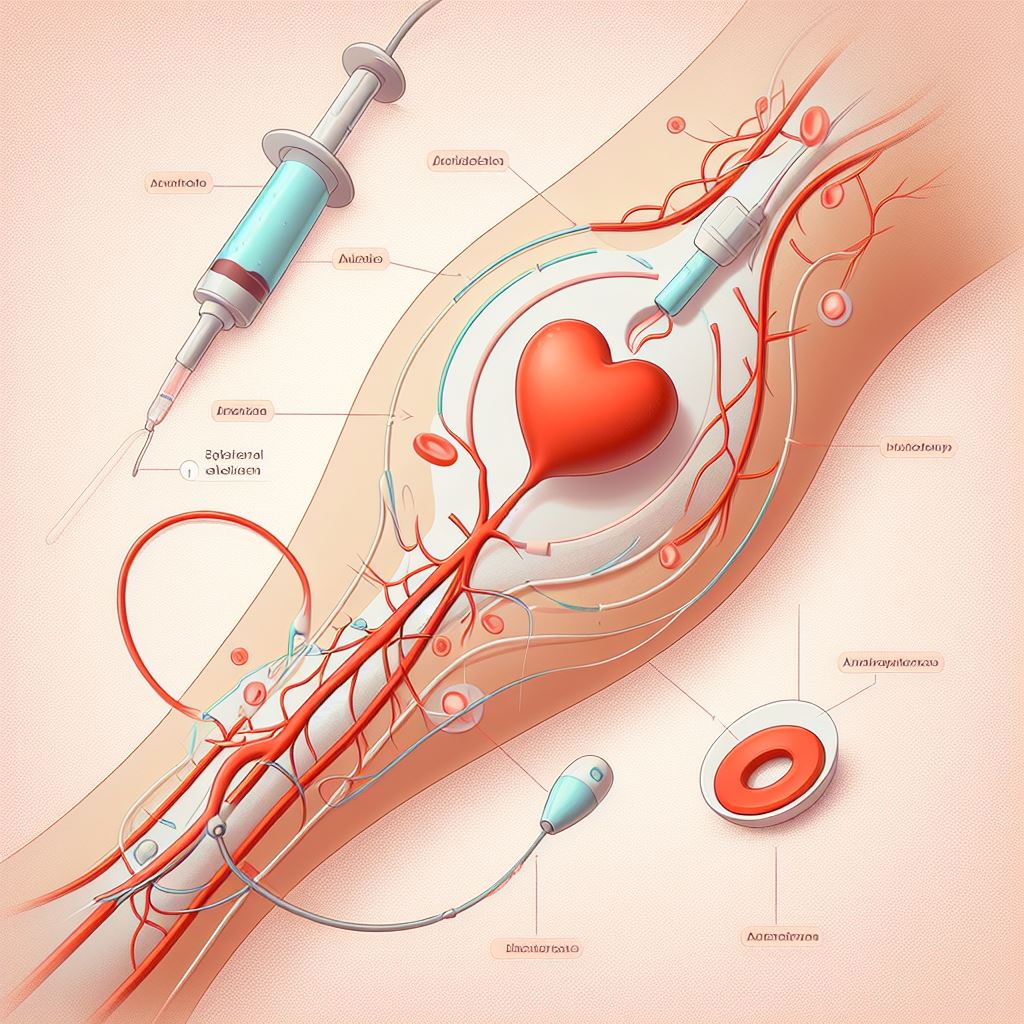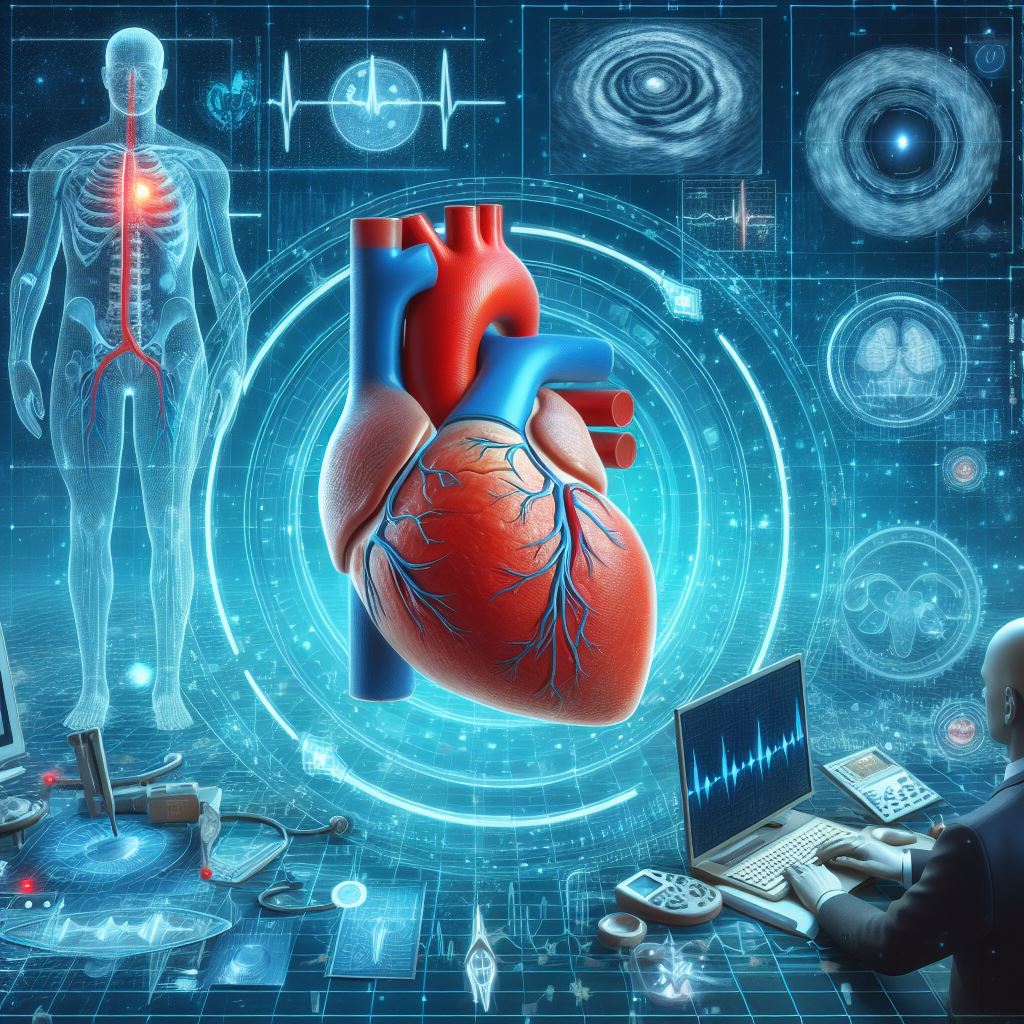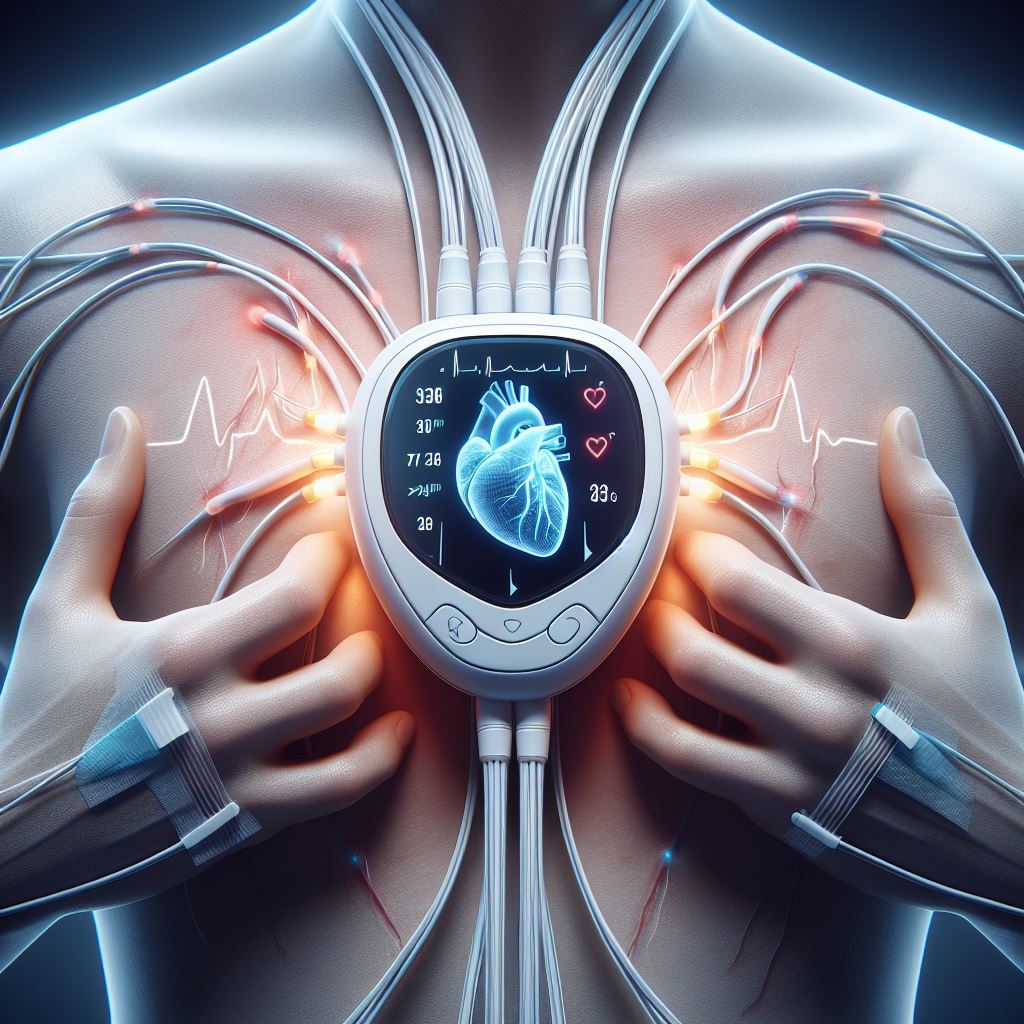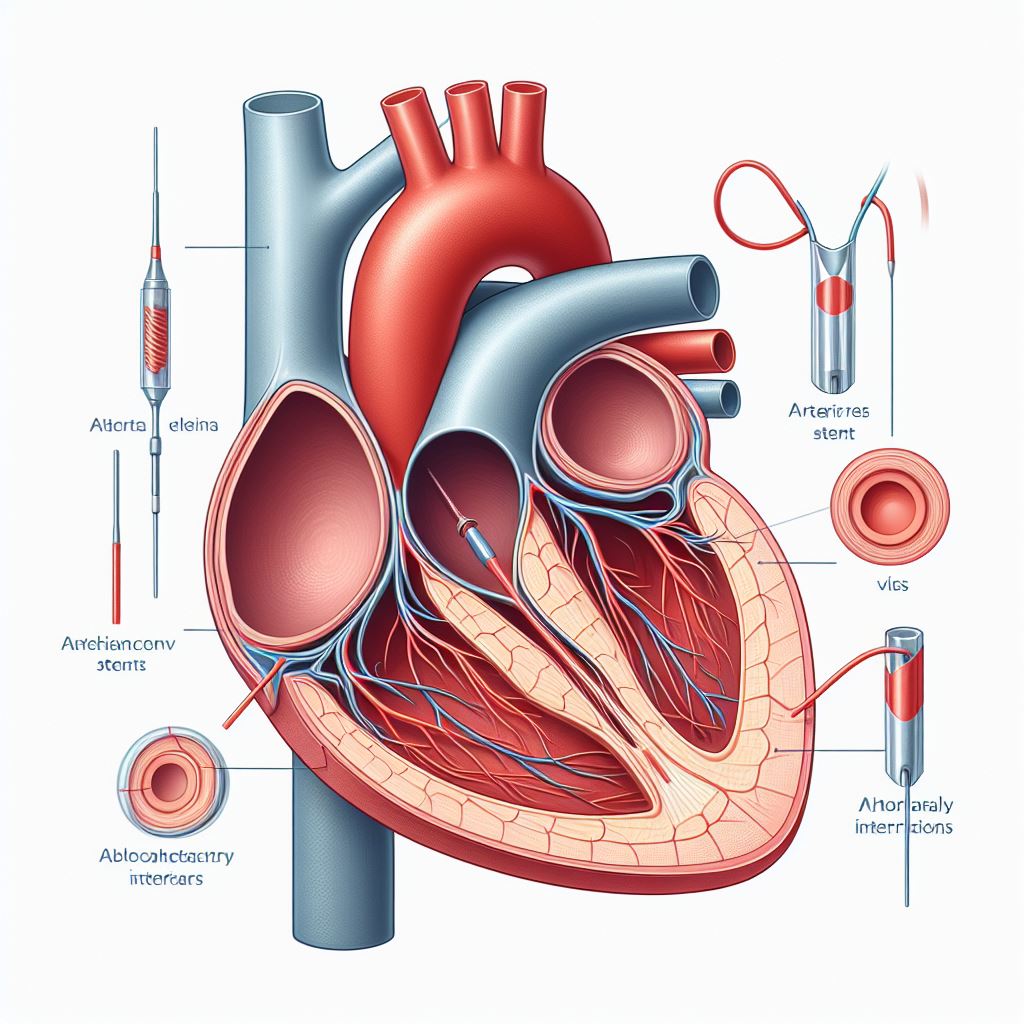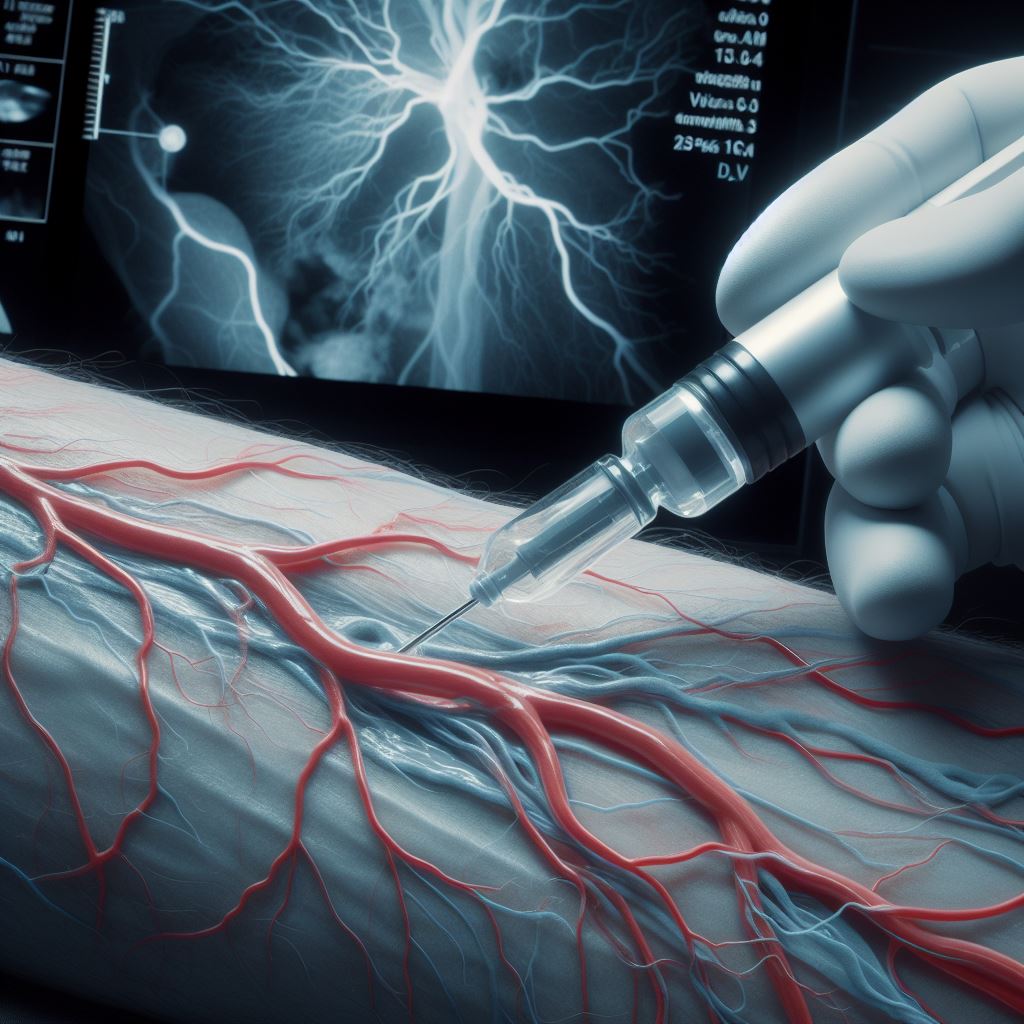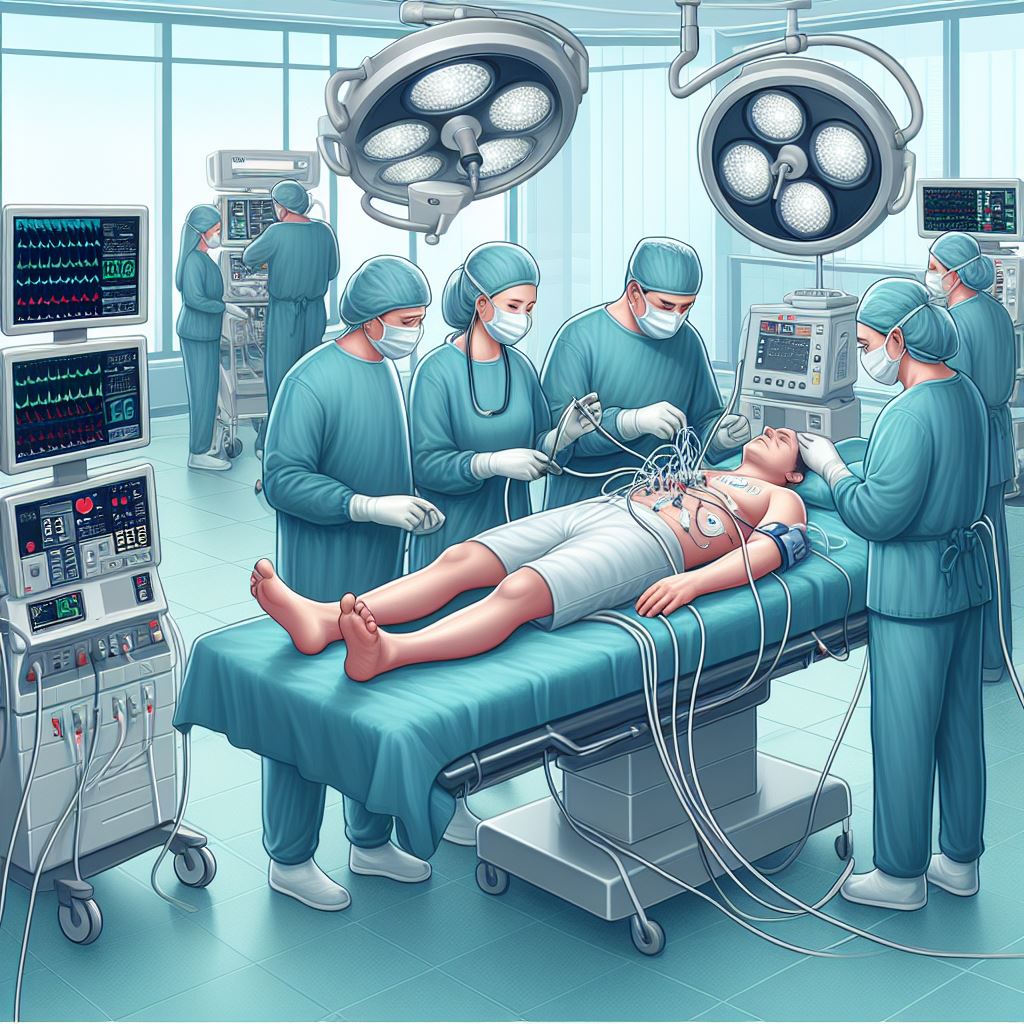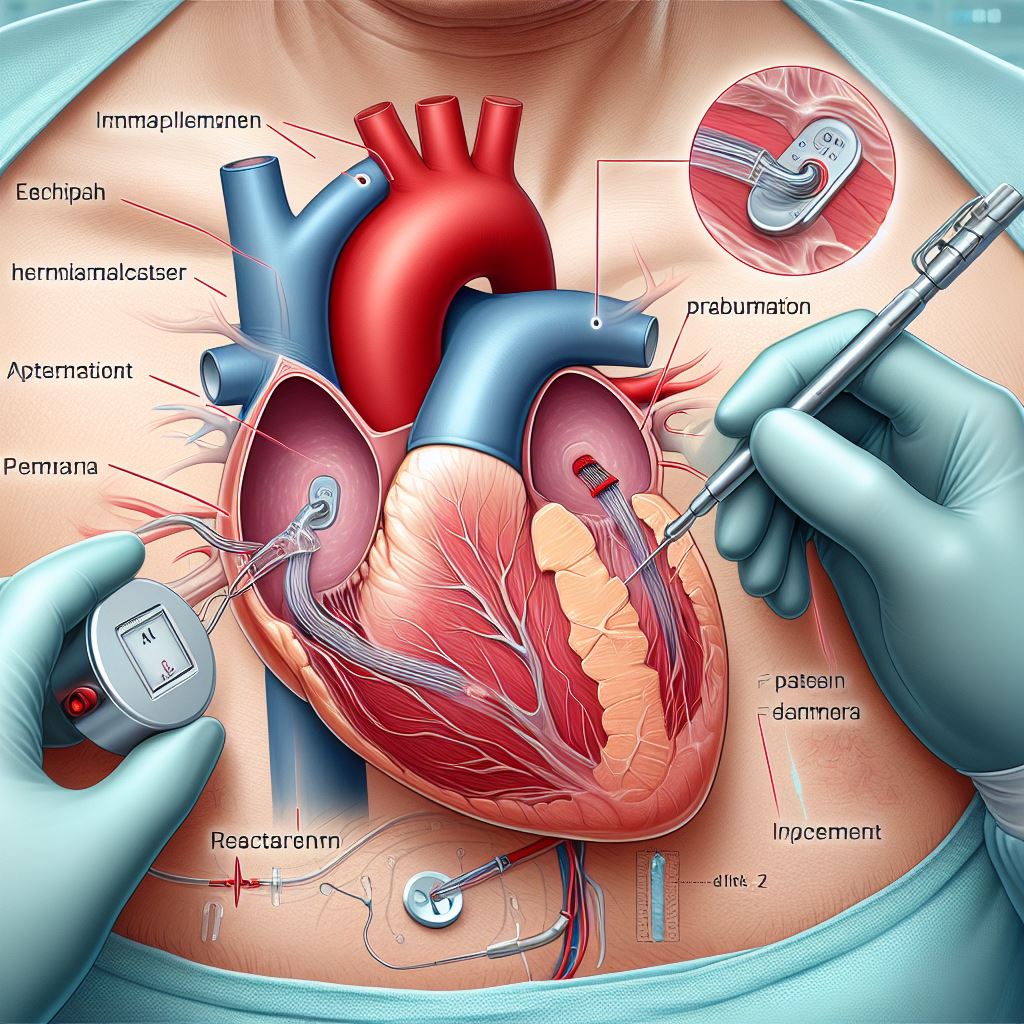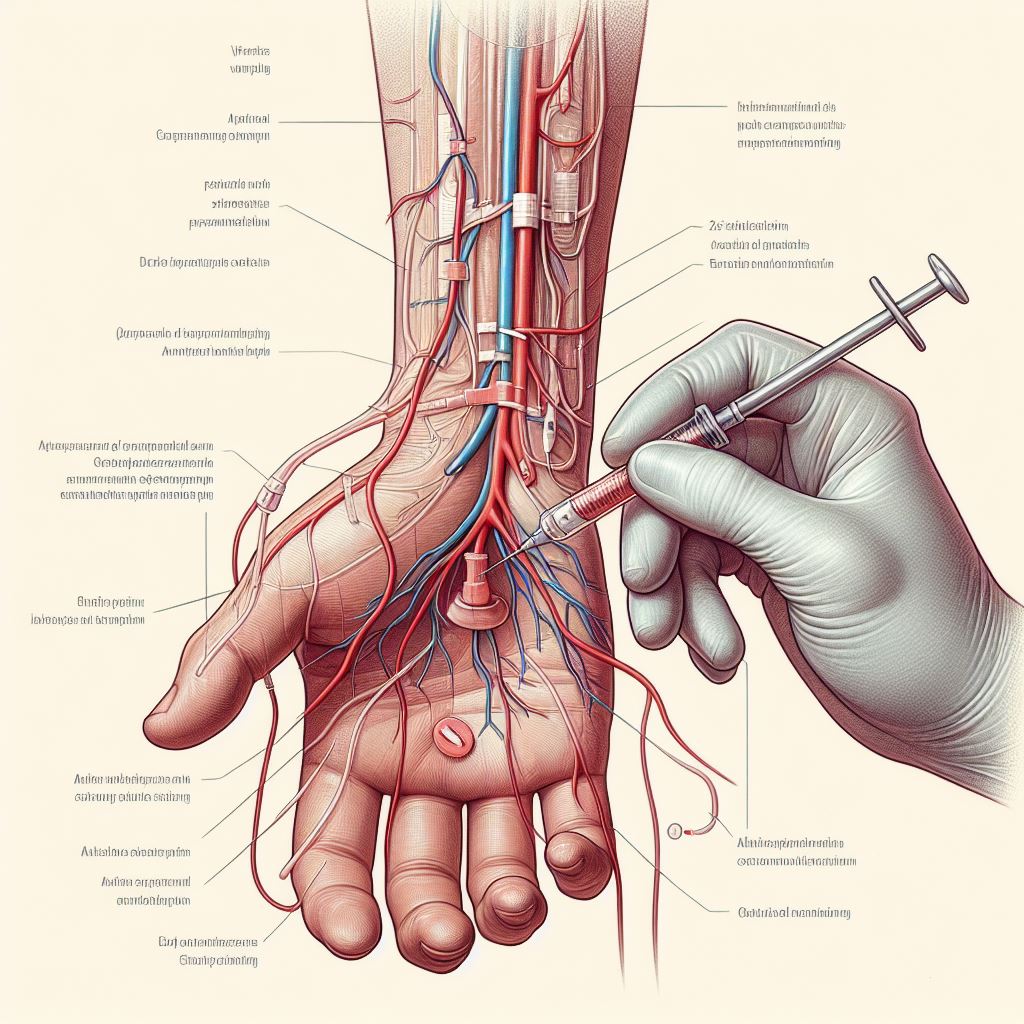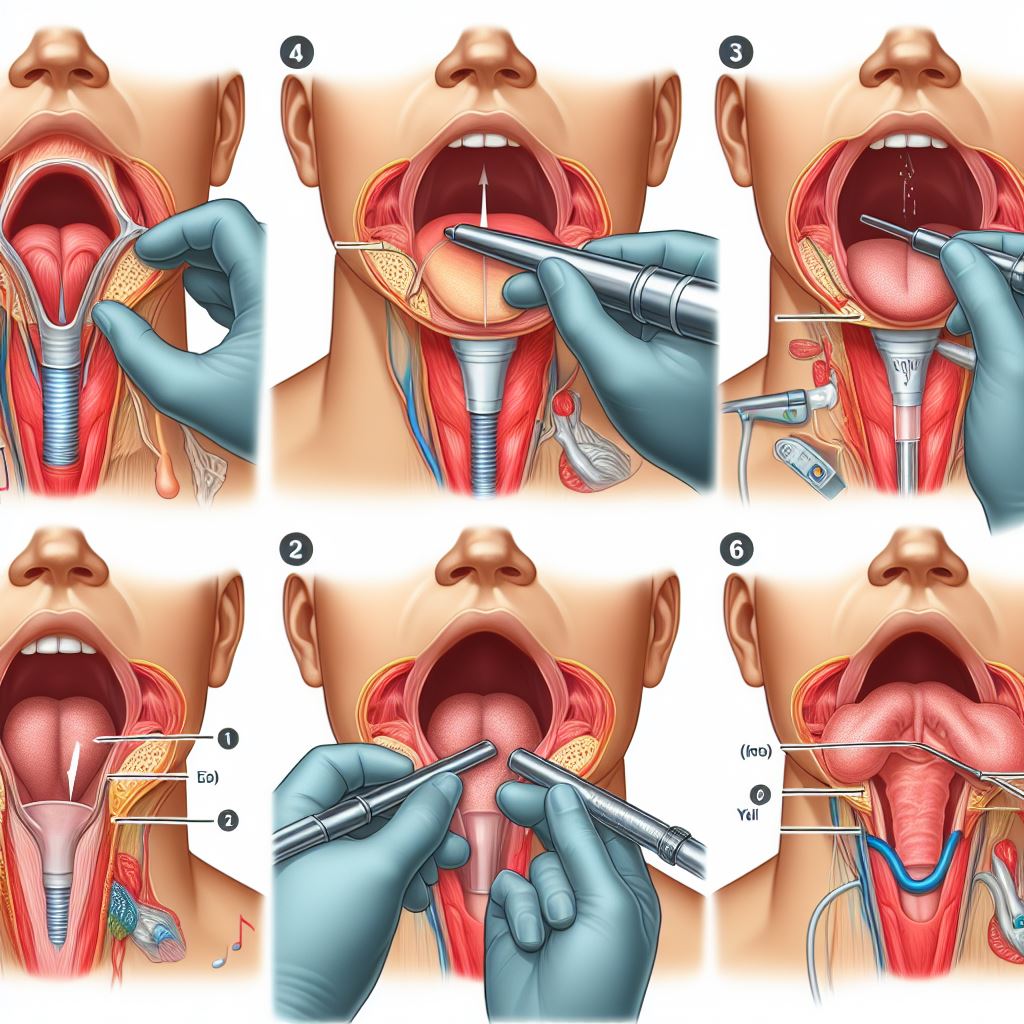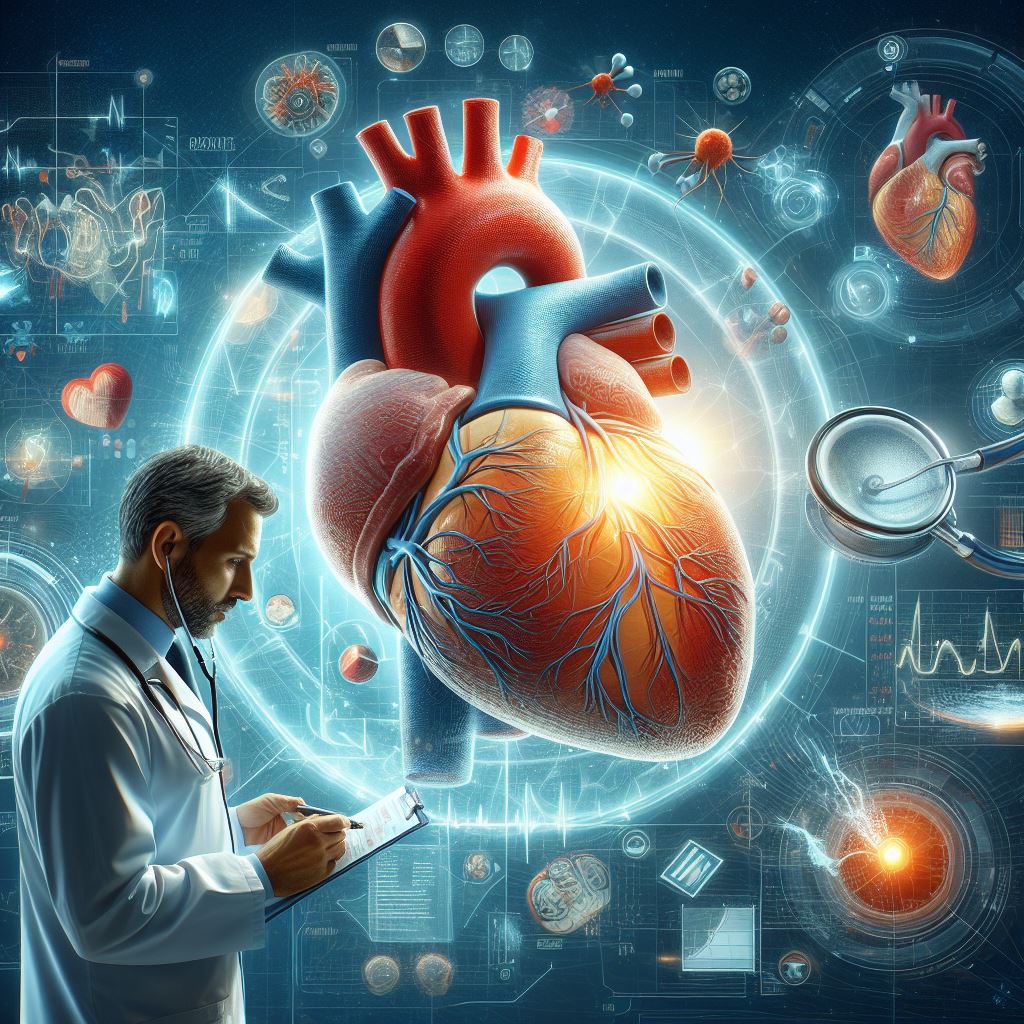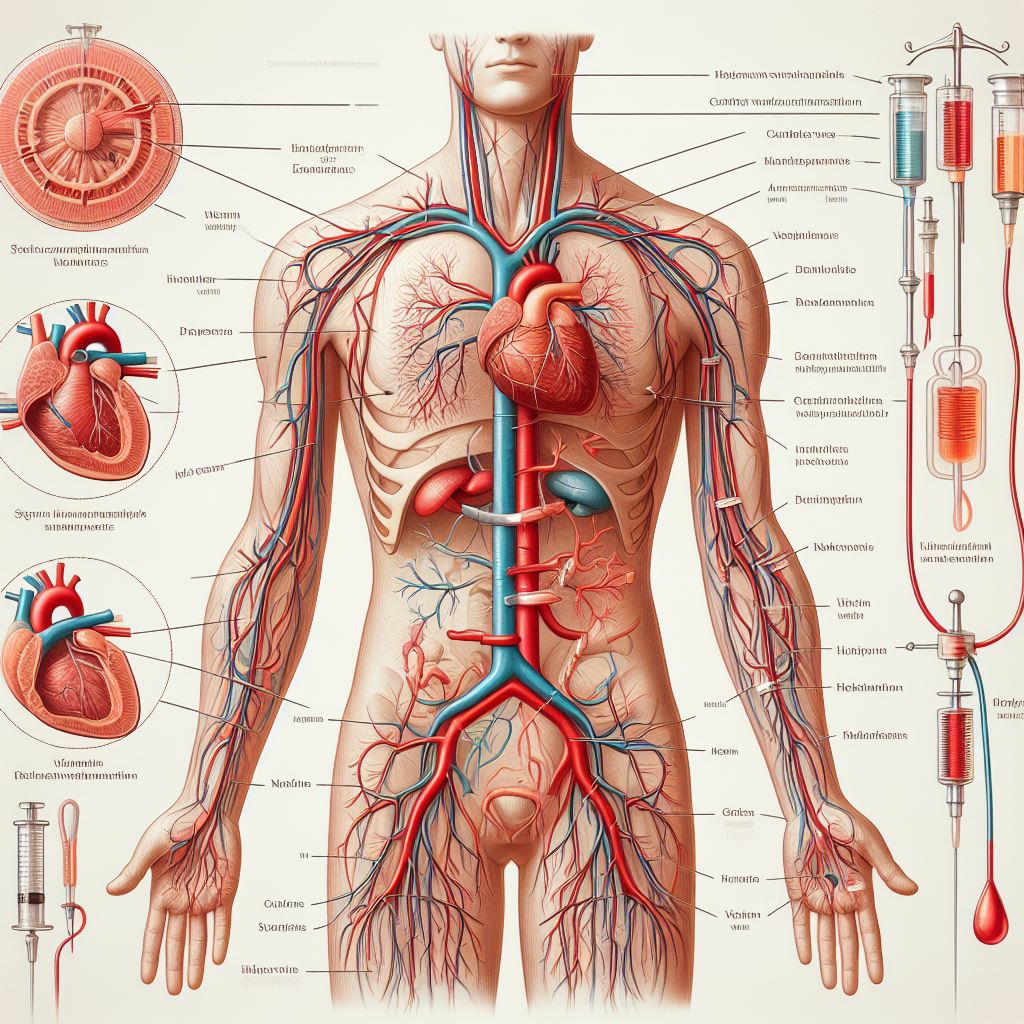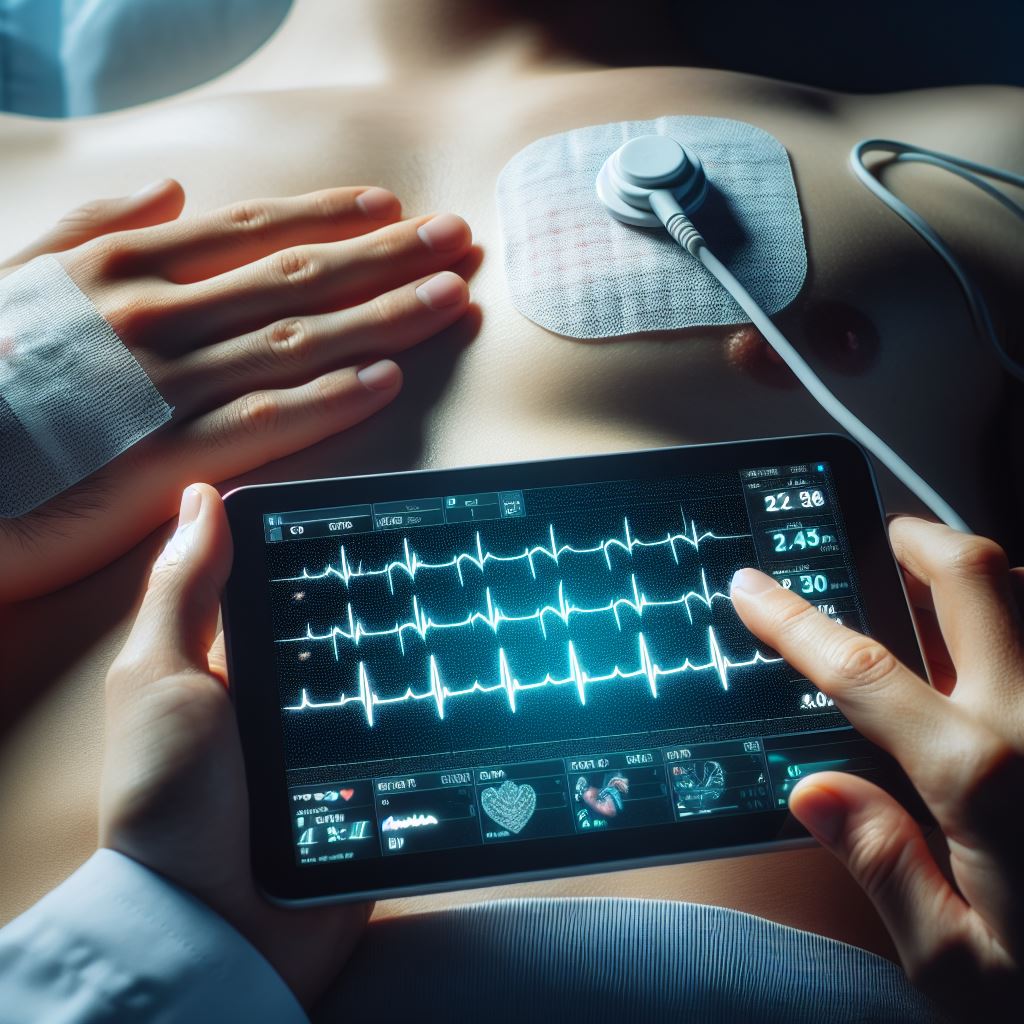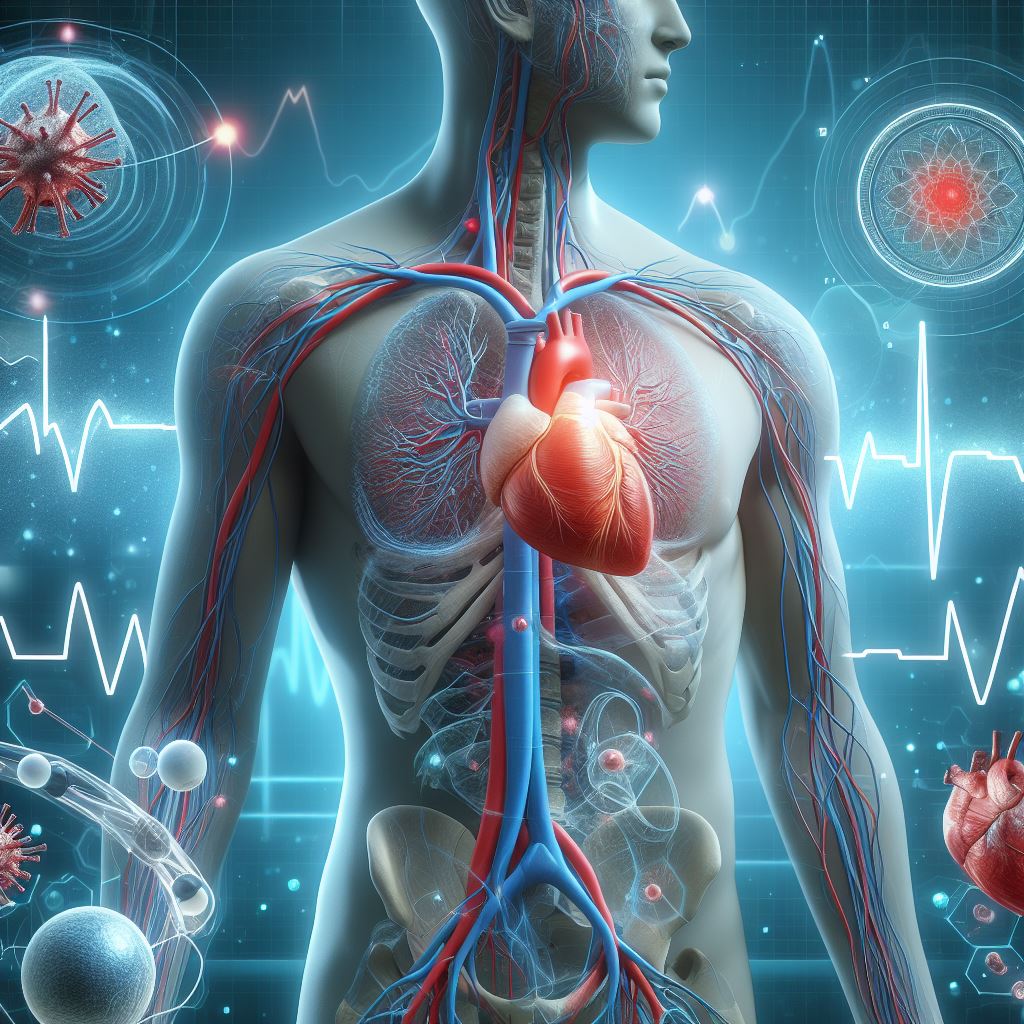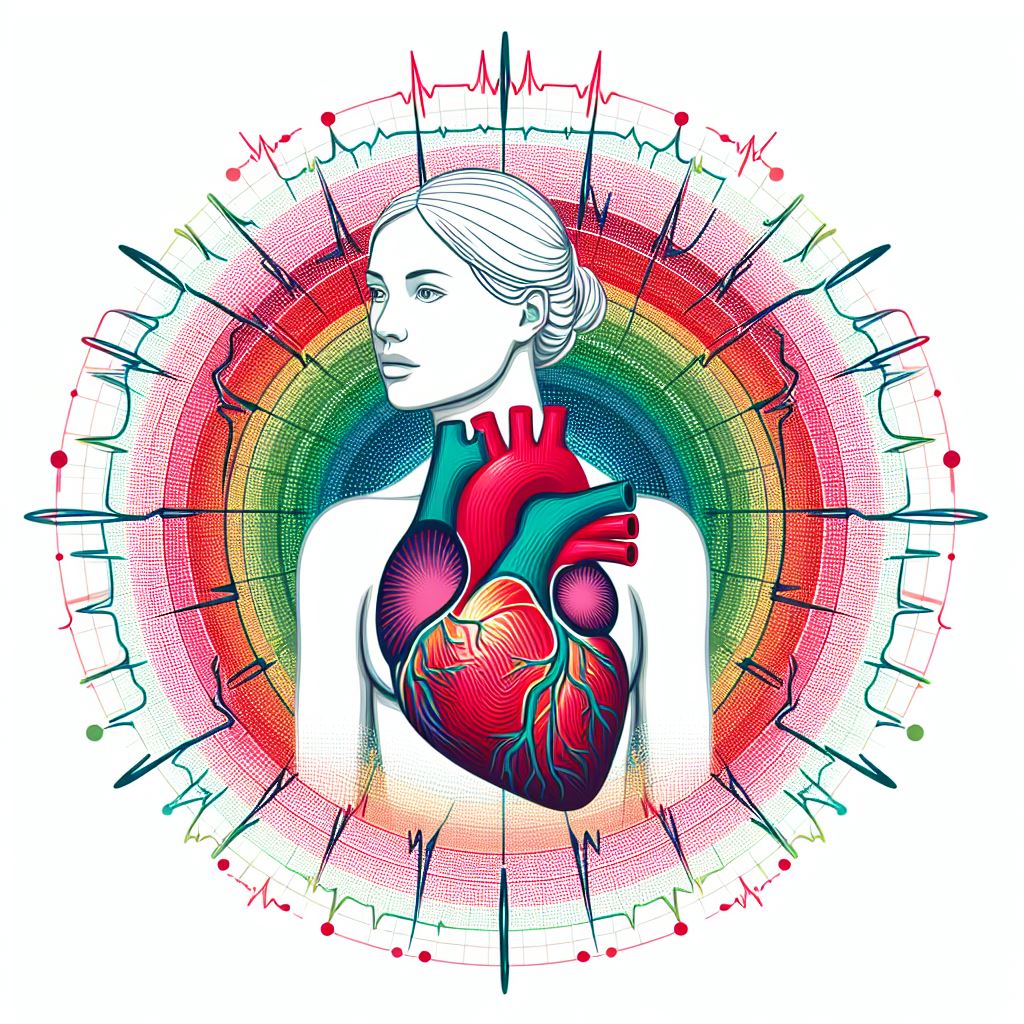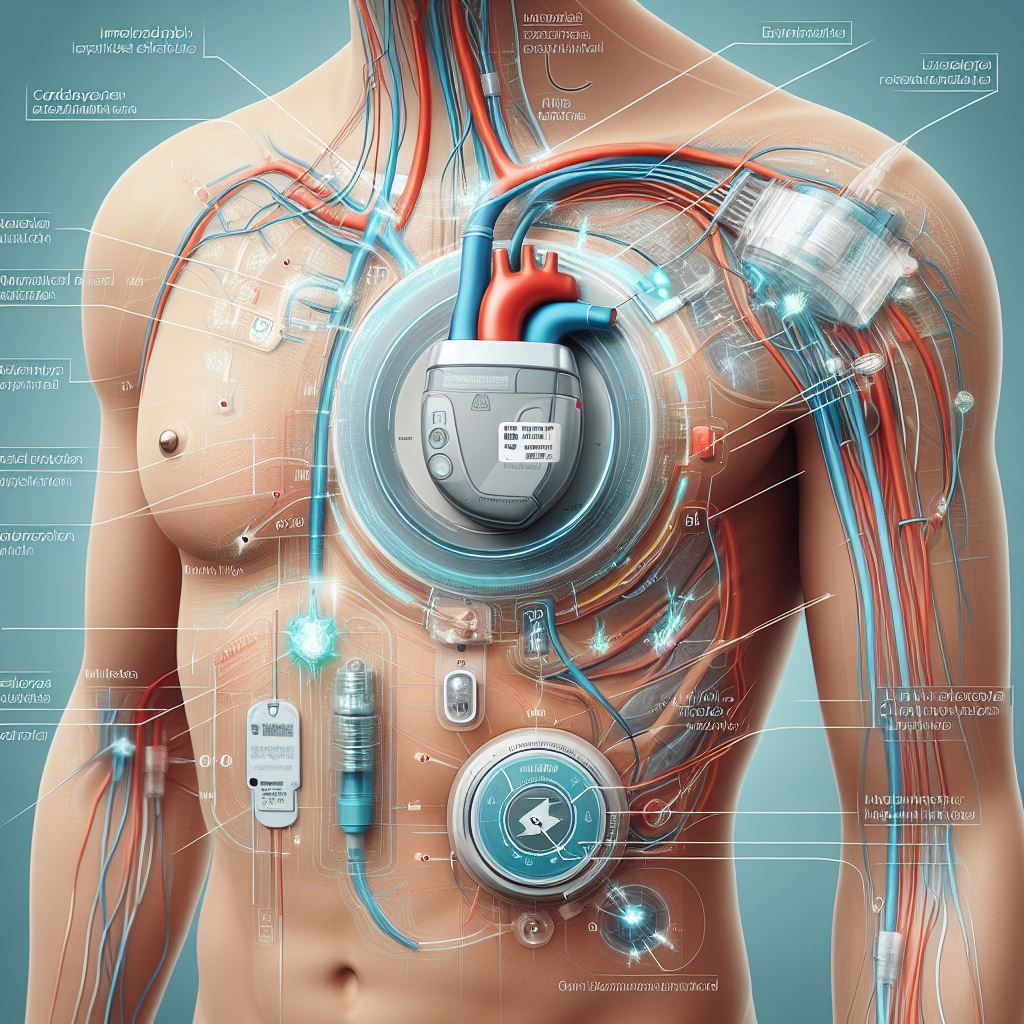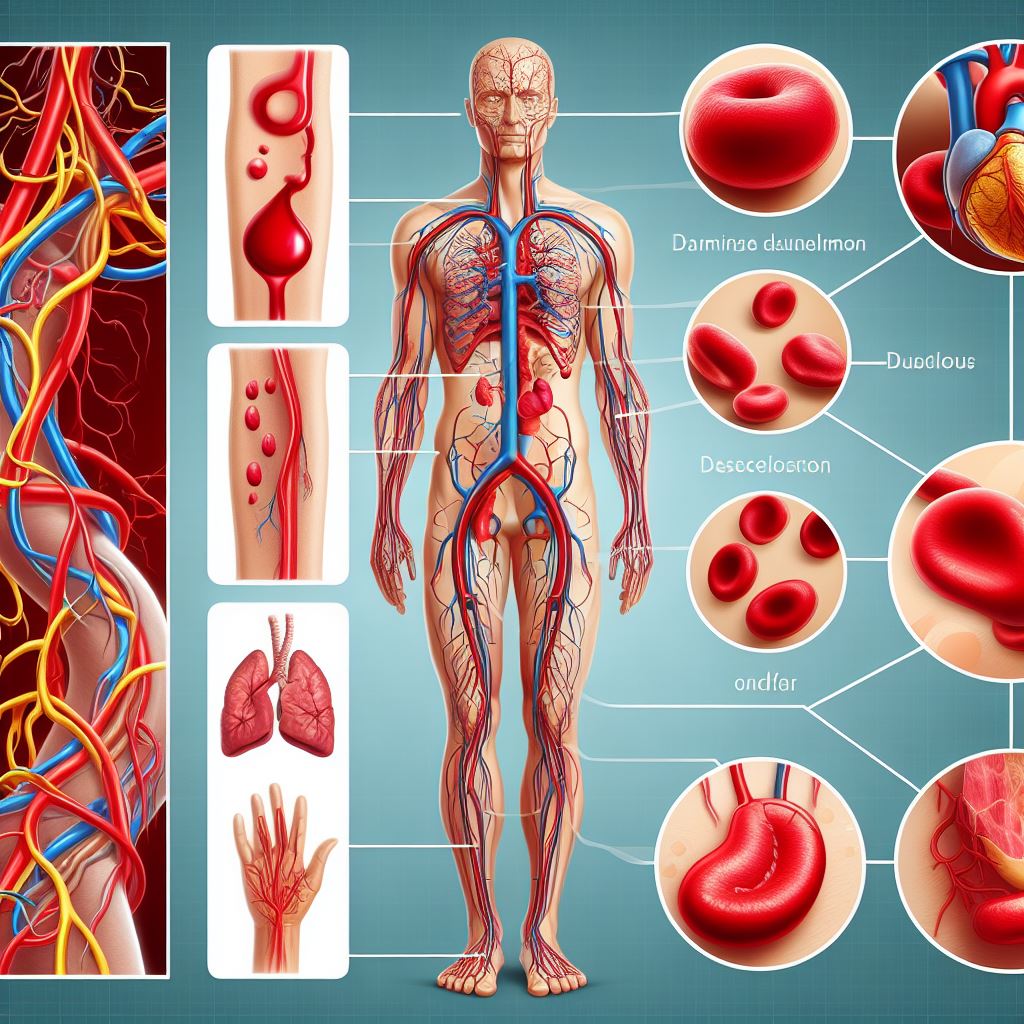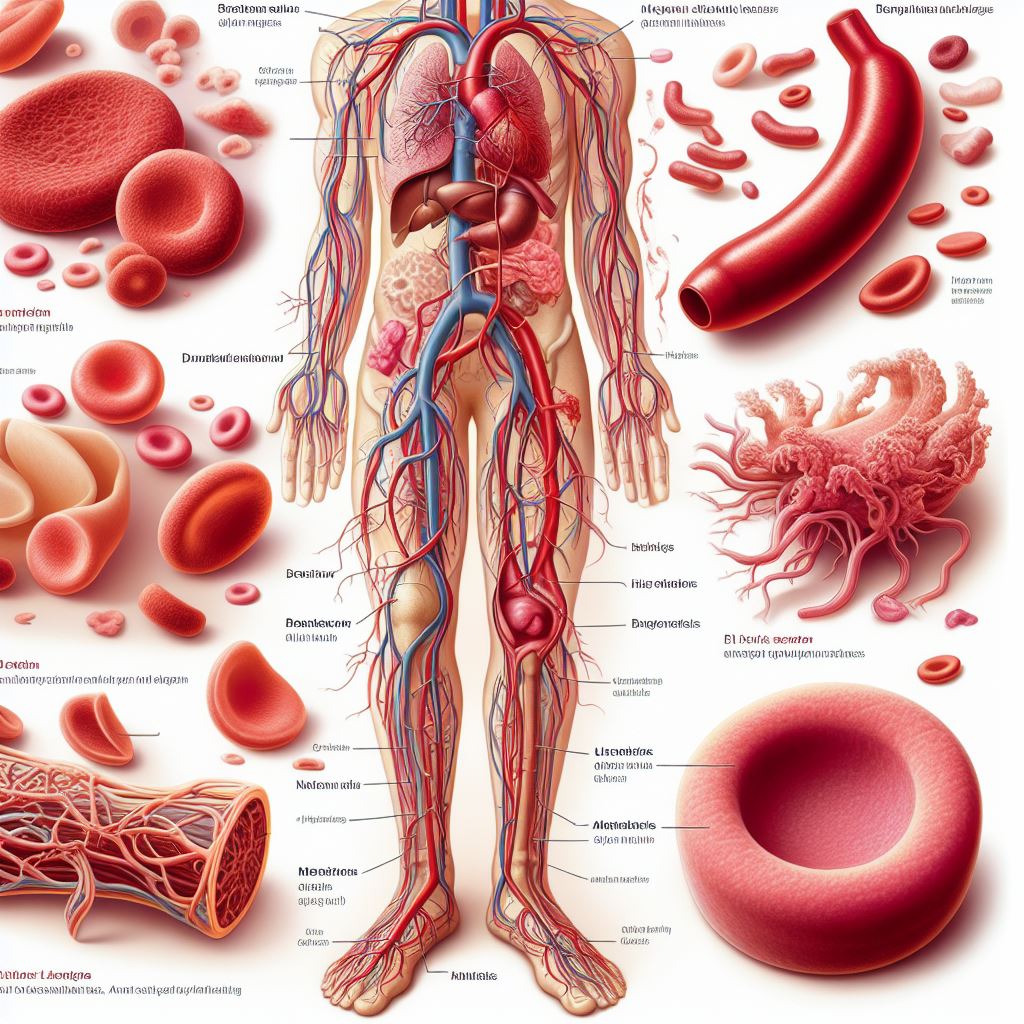
Cardiogenic Shock
Cardiogenic shock is a critical medical
condition that occurs when the heart is unable to pump enough blood to meet the
body's needs. It is a life-threatening emergency that requires immediate
medical attention. In this comprehensive blog post, we will delve into the
various aspects of cardiogenic shock, including its definition, symptoms,
diagnosis, treatment options, and preventive measures.
Cardiogenic shock is a severe medical condition
where the heart cannot pump enough blood to satisfy the body's requirements,
posing a life-threatening emergency that demands urgent medical intervention.
This concise blog aims to explore the key aspects of cardiogenic shock,
encompassing its definition, symptoms, diagnosis, treatment alternatives, and
preventive strategies.
This critical condition manifests when the
heart's pumping ability is compromised, jeopardizing the delivery of sufficient
oxygen and nutrients to vital organs. Recognizing the urgency of this situation
is paramount, prompting the need for immediate medical attention to address the
impending risks.
Within this brief yet informative post, we
will outline the fundamental components of cardiogenic shock. This includes
understanding what defines the condition, identifying its symptoms, the
diagnostic process, available treatment options, and measures that can be taken
to prevent its occurrence.
By delving into these critical aspects, we
aim to provide a succinct overview that enhances awareness and knowledge about
cardiogenic shock. The intent is to equip readers with valuable insights into
recognizing, understanding, and addressing this medical emergency effectively.
Through this condensed exploration, readers can gain a foundational understanding
of cardiogenic shock, its implications, and the importance of swift action in
ensuring positive outcomes for those facing this serious cardiac challenge.
The
Disease:
Cardiogenic shock is a condition
characterized by a sudden and severe decrease in cardiac output, leading to
inadequate blood flow to vital organs. This can result from various cardiac
issues, such as a heart attack, severe heart failure, or complications during
cardiac surgery. When the heart's pumping ability is compromised, the body's
organs and tissues do not receive sufficient oxygen and nutrients, putting the
patient's life at risk.
Cardiogenic shock is a critical condition
marked by a sudden and significant decline in cardiac output, resulting in
insufficient blood flow to vital organs. This state of emergency can stem from
diverse cardiac issues, including a heart attack, severe heart failure, or
complications arising from cardiac surgery. The essence of cardiogenic shock
lies in the compromised pumping ability of the heart, which hampers the
delivery of essential oxygen and nutrients to the body's organs and tissues,
thereby imperiling the patient's life.
Sudden and Severe Decline in Cardiac
Output: Cardiogenic shock is distinguished by a rapid and pronounced reduction
in the heart's ability to pump blood effectively. This acute decrease in
cardiac output triggers a cascade of events that compromise the overall
circulation within the body.
Inadequate Blood Flow to Vital Organs: The
diminished cardiac output leads to an insufficient supply of blood to crucial
organs such as the brain, kidneys, and liver. This compromised blood flow
hampers the organs' normal functioning, posing severe risks to the patient's
health.
Diverse Cardiac Causes: The condition can
arise from multiple cardiac issues, emphasizing the broad spectrum of triggers.
Whether it be a heart attack, severe heart failure, or complications arising
during cardiac surgery, cardiogenic shock underscores the diversity of factors
contributing to its onset.
Risk to Life: The consequential effect of
compromised cardiac output is a heightened risk to the patient's life. Without
prompt and effective intervention, the inadequate supply of oxygen and
nutrients to organs and tissues can result in irreversible damage and fatal outcomes.
Understanding the nuances of cardiogenic
shock, from its sudden onset to the diverse cardiac causes and the imminent
threat to life, is essential for prompt recognition and timely intervention.
This knowledge forms the foundation for addressing the complexities of this
critical condition and improving patient outcomes.
Symptoms:
Recognizing the symptoms of cardiogenic
shock is crucial for early intervention. Common symptoms include shortness of
breath, rapid or weak pulse, cold and clammy skin, confusion, chest pain, and
fainting. It's essential to note that these symptoms can vary from person to
person, and some individuals may not exhibit all of them. Prompt identification
of these signs can significantly impact the success of treatment and patient
outcomes.
Recognizing symptoms is pivotal for early
intervention in cardiogenic shock. Key indicators encompass a range of
manifestations, emphasizing the need for heightened awareness and prompt
action.
Shortness of Breath: A notable symptom is
difficulty breathing, often accompanied by a sense of breathlessness or air
hunger. This respiratory distress signals compromised oxygen delivery.
Rapid or Weak Pulse: Monitoring the pulse
is crucial; cardiogenic shock may present with a rapid or weak pulse, reflecting
the heart's struggle to maintain a steady and effective rhythm.
Cold and Clammy Skin: The skin's texture
can provide vital clues. Cold and clammy skin indicates poor circulation,
highlighting the systemic impact of inadequate blood flow.
Confusion: Neurological symptoms, such as
confusion or altered mental status, may manifest, underscoring the widespread
consequences of insufficient oxygen supply to the brain.
Chest Pain: Cardiogenic shock can induce
chest pain, a symptom overlapping with various cardiac conditions. Discerning
the specific characteristics aids in accurate diagnosis.
Fainting: Sudden loss of consciousness or
fainting episodes may occur, reflecting the severity of the circulatory
compromise and its immediate impact on neurological function.
It's imperative to recognize that symptoms
can vary among individuals, and not all may be present. Timely identification
of these signs is paramount, as it significantly influences the success of
subsequent treatment measures and, consequently, patient outcomes. Heightened
awareness of these diverse symptoms equips individuals and healthcare providers
alike to respond promptly to the urgency posed by cardiogenic shock.
Diagnosis:
Diagnosing cardiogenic shock involves a
thorough assessment of the patient's medical history, a physical examination,
and various diagnostic tests. Blood tests can help evaluate cardiac enzymes and
biomarkers associated with heart damage. Imaging studies, such as
echocardiography and angiography, provide detailed information about the
heart's structure and function. Hemodynamic monitoring may also be employed to
assess blood pressure and cardiac output.
Accurate diagnosis of cardiogenic shock
demands a comprehensive approach, combining a meticulous review of the
patient's medical history, a detailed physical examination, and an array of
diagnostic tests. The diagnostic journey involves multiple facets, each playing
a crucial role in uncovering the underlying causes and guiding appropriate
treatment strategies.
Thorough Medical History: An in-depth
exploration of the patient's medical history lays the foundation for diagnosis.
Understanding past cardiovascular events, chronic conditions, and relevant
treatments provides essential context for assessing the current cardiac state.
Physical Examination: A hands-on
examination by healthcare professionals is pivotal in identifying key clinical
markers. Signs such as abnormal heart sounds, respiratory distress, and changes
in skin appearance contribute to the diagnostic puzzle.
Blood Tests: Comprehensive blood tests are
instrumental in evaluating cardiac enzymes and biomarkers indicative of heart
damage. These markers serve as critical indicators, aiding in the
identification and quantification of cardiac stress or injury.
Imaging Studies - Echocardiography and
Angiography: Advanced imaging technologies, including echocardiography and
angiography, offer detailed insights into the heart's structure and function.
Echocardiography utilizes sound waves to create images of the heart's chambers and
valves, while angiography provides a visual roadmap of the blood vessels,
identifying potential blockages or abnormalities.
Hemodynamic Monitoring: Continuous
assessment of blood pressure and cardiac output through hemodynamic monitoring
is a dynamic aspect of cardiogenic shock diagnosis. This real-time data informs
healthcare professionals about the heart's efficiency in pumping blood and
guides treatment decisions.
Understanding the intricate interplay of
these diagnostic components enables a precise and comprehensive evaluation of
cardiogenic shock. The integration of medical history, physical examination,
blood tests, and advanced imaging technologies ensures a multi-dimensional
approach to uncovering the complexities of this critical cardiac condition.
This thorough diagnostic process forms the cornerstone for effective treatment
planning and improved outcomes for individuals facing cardiogenic shock.
Treatment:
The management of cardiogenic shock
requires a multidisciplinary approach involving cardiologists, intensivists,
and other healthcare professionals. Immediate interventions aim to stabilize
the patient and restore adequate blood flow to vital organs. Treatment options
may include medications to improve heart function, mechanical circulatory support
devices, and, in some cases, emergency procedures like angioplasty or coronary
artery bypass grafting. The choice of treatment depends on the underlying cause
and severity of cardiogenic shock.
Effectively addressing cardiogenic shock
demands a collaborative, multidisciplinary effort, drawing upon the expertise
of cardiologists, intensivists, and various healthcare professionals. Swift
interventions are paramount, focusing on stabilizing the patient and
reinstating proper blood flow to vital organs. The treatment landscape
encompasses diverse modalities, tailored to the individual's condition.
Immediate Stabilization: Urgent measures
are initiated to stabilize the patient, ensuring a foundation for subsequent
interventions. Prompt attention is given to prevent further deterioration and
optimize the overall clinical status.
Medications for Heart Function Improvement:
Pharmacological interventions play a crucial role, with medications aimed at
enhancing the heart's function. These may include drugs to strengthen
contractions, regulate heart rate, and manage fluid balance to alleviate strain
on the heart.
Mechanical Circulatory Support Devices:
Advanced technologies, such as mechanical circulatory support devices, may be
employed to augment cardiac function. These devices assist the heart in pumping
blood effectively, providing temporary support during the recovery process.
Emergency Procedures - Angioplasty or
Bypass Grafting: Depending on the specific circumstances, emergency procedures
like angioplasty or coronary artery bypass grafting (CABG) may be deemed
necessary. Angioplasty addresses blockages in coronary arteries, while CABG
involves creating alternative blood pathways to bypass obstructions.
The selection of treatment modalities is
contingent upon the underlying cause and the severity of cardiogenic shock.
This individualized approach ensures that interventions are tailored to address
the unique aspects of each case. The collaborative efforts of diverse
healthcare specialists contribute to a comprehensive treatment strategy,
optimizing the chances of successful recovery for individuals grappling with
cardiogenic shock.
Prevention:
While some cases of cardiogenic shock are
unpredictable and occur suddenly, preventive measures can help reduce the risk
of developing conditions that may lead to this critical state. Lifestyle
modifications such as regular exercise, a heart-healthy diet, and smoking
cessation contribute to overall cardiovascular health. Managing chronic
conditions like hypertension and diabetes is crucial in preventing
heart-related complications. Regular check-ups with healthcare providers allow
for the early detection and management of potential risk factors.
Although certain instances of cardiogenic
shock are unpredictable and can manifest abruptly, adopting preventive measures
significantly mitigates the risk of developing conditions that may culminate in
this critical state. Proactive lifestyle modifications play a pivotal role in
fostering overall cardiovascular well-being. Incorporating habits such as
regular exercise, adhering to a heart-healthy diet, and ceasing smoking
contributes to the maintenance of a robust cardiovascular system.
Crucially, the prevention of cardiogenic
shock involves diligent management of chronic conditions known to elevate the
risk of heart-related complications. Effectively controlling conditions like
hypertension and diabetes through medication adherence and lifestyle
adjustments is paramount in averting potential cardiac crises.
Regular check-ups with healthcare providers serve as a cornerstone in preventive healthcare. These routine examinations facilitate the early detection and management of potential risk factors, enabling timely interventions and the implementation of personalized strategies to safeguard against the onset of cardiogenic shock. By proactively addressing lifestyle factors and managing underlying health conditions, individuals can substantially enhance their resilience to cardiac challenges and promote a heart-healthy future.




